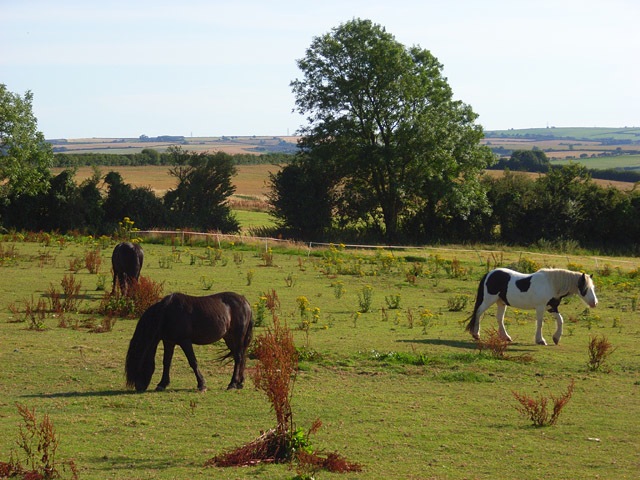Emily’s Healing Place: A Place to Heal from Anorexia

[Please note that, as with any patients I write about here, unless otherwise stated, names and certain identifying details have been changed to protect privacy.]
Writing about a healing place can offer the kind of moment that changes things. In fact, simply imagining a healing place can sometimes change things. I’ve seen this happen. One particular place that comes to mind is a place that a woman named Emily imagined.
Emily was twenty-seven years old, and weighed, when she first came to see me as a patient, fifty-two pounds. She’d tried and failed at several different treatment programs for anorexia and was under the care of an internist who was monitoring her physical condition. She was referred to my practice of mind-body medicine by a family friend who suspected that her condition might also benefit from being considered at the interface of mind and body. Emily concurred. And so we began.
After a few weeks Emily began keeping a journal.
It was, I believe, a few weeks after this that I invited her to imagine a healing place. One of her fears about beginning to eat again was the risk that any food she took in would make her stomach protrude—something she’d come to believe was ugly. She told me she’d like to imagine a place where it would be okay to have a stomach—a place where she wouldn’t feel ashamed of having a stomach. When she began to imagine such a place—a place where it might be safe to gain weight—she began to imagine herself at a barn among horses, this a place she’d loved as a young girl. She imagined brushing the horses, stroking them, placing her cheek against their flanks. She imagined mucking out the stalls.
She wrote about this place in her journal.
As with most good writing, it was the details that brought the place alive. The stroke of the brush against the horse’s hide. The warmth against her cheek. The horse’s breath. The sharp sweet smell of the stalls. The place became real through the details.
With practice, she became able to summon the barn in her imagination when she felt anxious. She imagined stroking the horses, and brushing them. She imagined—and then experienced—the feeling in her body of her body being accepted.
“The horses,” she told me, “they wouldn’t judge me if my stomach was pooching out. They wouldn’t care if I had a stomach or not.”
